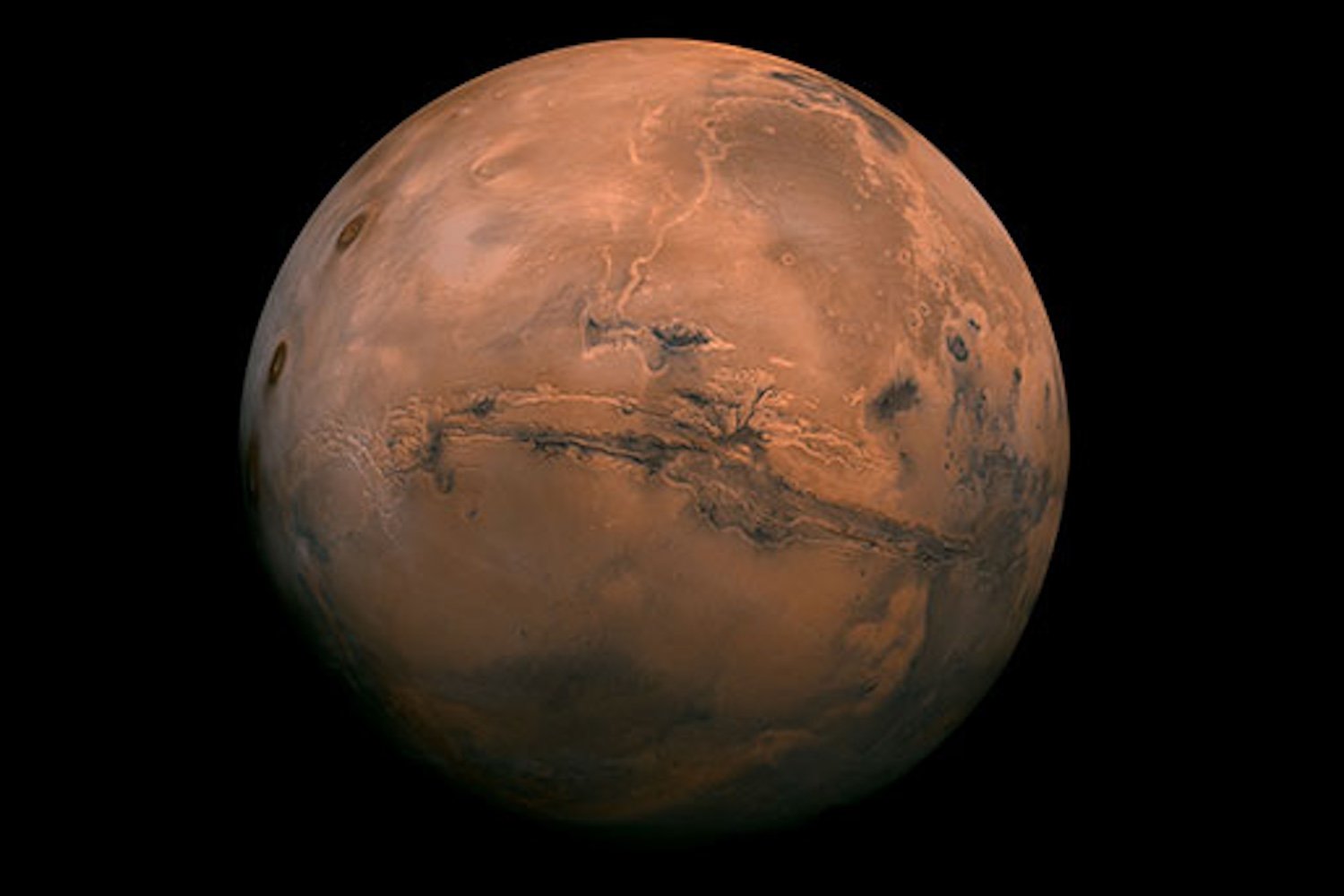
A Journey to Mars: The Quest for Faster Propulsion
The Red Planet, Mars, holds an allure for scientists and space enthusiasts alike. However, current propulsion technology faces a significant hurdle: the prolonged transit times of six to nine months, which pose detrimental effects on the human body during spaceflight.
A Glimmer of Hope from Russia: The Plasma Electric Rocket
Russian scientists from the state-owned Rosatom corporation have unveiled a promising solution: a prototype plasma electric rocket engine capable of drastically reducing travel time to Mars to a mere 30 to 60 days. Utilizing hydrogen as fuel, this innovative engine harnesses the power of electricity to propel spacecraft.
Unveiling the Mechanisms of Plasma Propulsion
Unlike conventional rocket engines that rely on combustion, plasma rockets employ a distinct mechanism. They utilize two electrodes to generate a high-voltage current, which creates a magnetic field that drives charged particles out of the engine. This plasma receives a directed motion and generates thrust.
Achieving Unprecedented Speeds
The plasma engine exhibits remarkable capabilities, outperforming traditional combustion engines significantly. While regular rockets achieve a maximum matter flow velocity of roughly 2.7 miles per second, the plasma engine accelerates charged particles to a breathtaking 62 miles per second. These accelerated speeds pave the way for a Mars journey that can be completed within a month or two.
Current Development and Future Prospects
The prototype rocket engine is currently undergoing rigorous testing in a simulated space environment. While the rocket will initially utilize chemical propulsion for launch, it will transition to electric propulsion once it reaches orbit. Rosatom anticipates several years of development before the engine is ready for human missions to Mars.
A Global Race to Mars
Russia is not the only nation vying to conquer the distance barrier to Mars. NASA has embarked on a collaboration with DARPA to demonstrate a nuclear thermal rocket engine in space, which promises even faster transit times. Meanwhile, SpaceX CEO Elon Musk envisions uncrewed missions to Mars in 2026, with human missions to follow within four years.
The New Space Age: A Race to the Martian Surface
The advent of these novel propulsion technologies marks the beginning of an exciting new era in space exploration. The race to the dusty Martian surface intensifies, driven by the desire to unlock its secrets and establish a human presence on the Red Planet.
